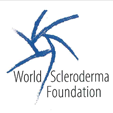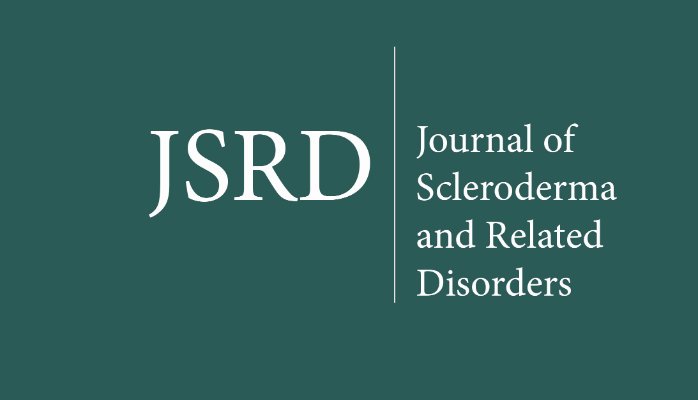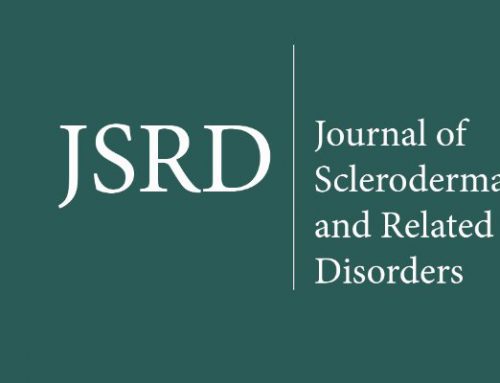Functional autoantibodies directed against cell surface receptors in systemic sclerosis
Post author correction
Article Type: REVIEW
Article Subject: Clinical Conditions and Organ Involvement
DOI:10.5301/jsrd.5000241
Link: Functional autoantibodies directed against cell surface receptors in systemic sclerosis
Authors
Otavio Cabral-Marques, Gabriela Riemekasten
Abstract
Systemic sclerosis (SSc) is a complex and heterogeneous systemic autoimmune disease characterized by the presence of high serum levels of antibodies targeting a variety of self-antigens. In addition to autoantibodies directed against nuclear antigens, patients with SSc also develop high serum levels of functional autoantibodies that target cell surface receptors when compared to healthy subjects. Following binding to extracellular receptors, these functional autoantibodies trigger the activation of signal transducing pathways, resulting in a stimulatory or suppressive effect. For example, stimulatory autoantibodies toward platelet-derived growth factor receptor (PDGFR) or antibodies targeting G protein–coupled receptors (e.g., angiotensin II receptor type 1 and endothelin receptor type A) have pleiotropic roles in the pathogenesis of SSc. High levels of these functional autoantibodies dysregulate the response of non-immune cells (e.g., fibroblasts and endothelial cells) as well as innate and adaptive immune cells, including myeloid cells and lymphocytes, respectively. Thus, the immunobiology of such autoantibodies clarifies why patients with SSc develop clinical features such as extensive fibrosis, vasculopathies and abnormal immune responses. Future interventions that modulate the natural production of functional autoantibodies that target cell surface receptors or neutralize such autoantibodies would be essential in reducing morbidity and mortality rates presented by SSc patients.





